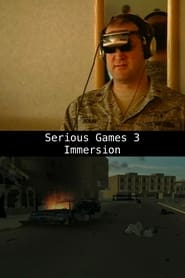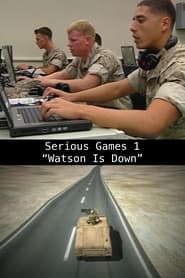
2010
playlist_add 
2010
playlist_add 
2010
playlist_add 
2010
playlist_add 
2010
playlist_add 
2009 star_border 6.6
playlist_add 
2008 star_border 5
playlist_add 
2007 star_border 6.3
playlist_add 
2005
playlist_add 
2005 star_border 10
playlist_add 
2004 star_border 6.3
playlist_add 
2003 star_border 6
playlist_add 
2001 star_border 6.3
playlist_add 
2000 star_border 7
playlist_add 
1999
playlist_add 
1997
playlist_add 
1997 star_border 5.8
playlist_add 
1996 star_border 5.8
playlist_add 
1995 star_border 5.3
playlist_add 
1995 star_border 5.8
playlist_add Show more
expand_more